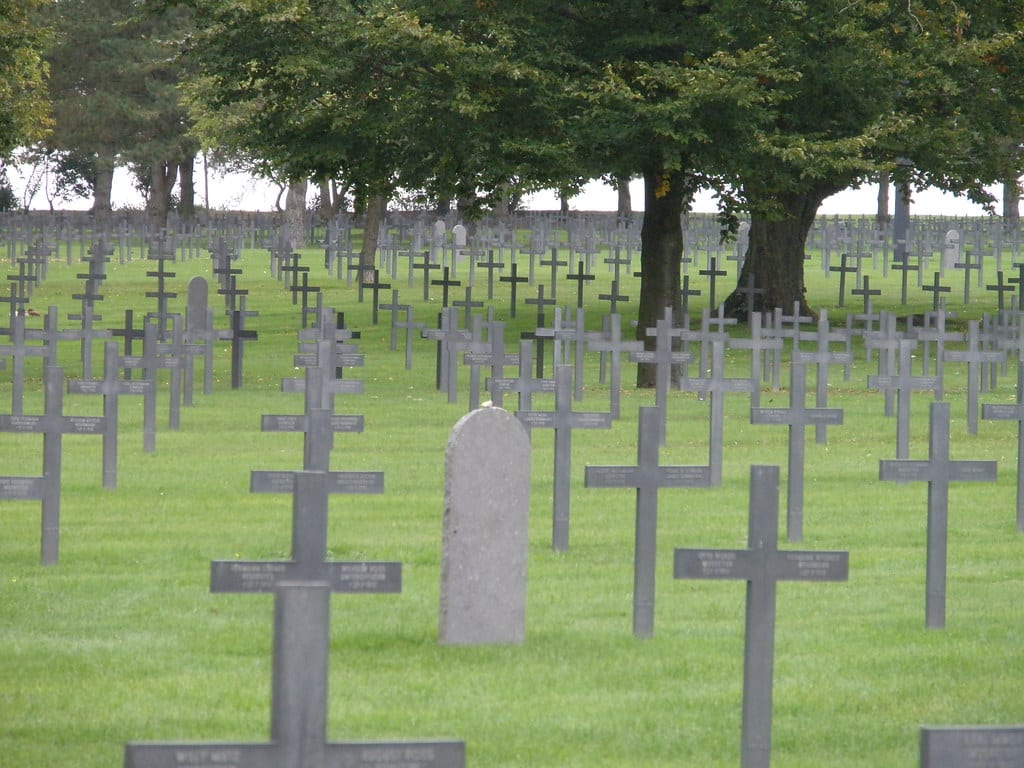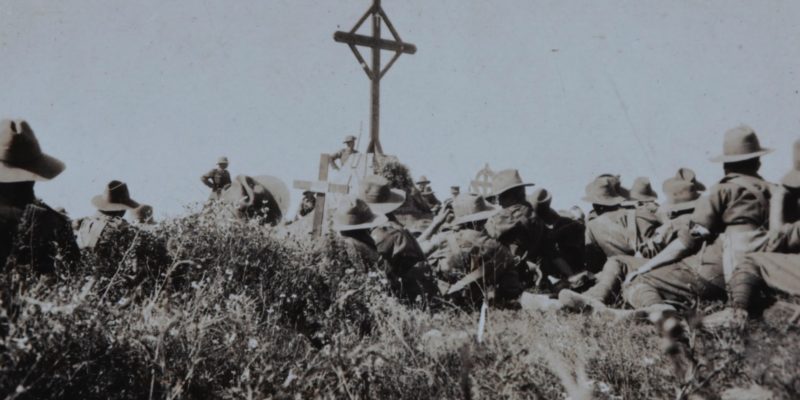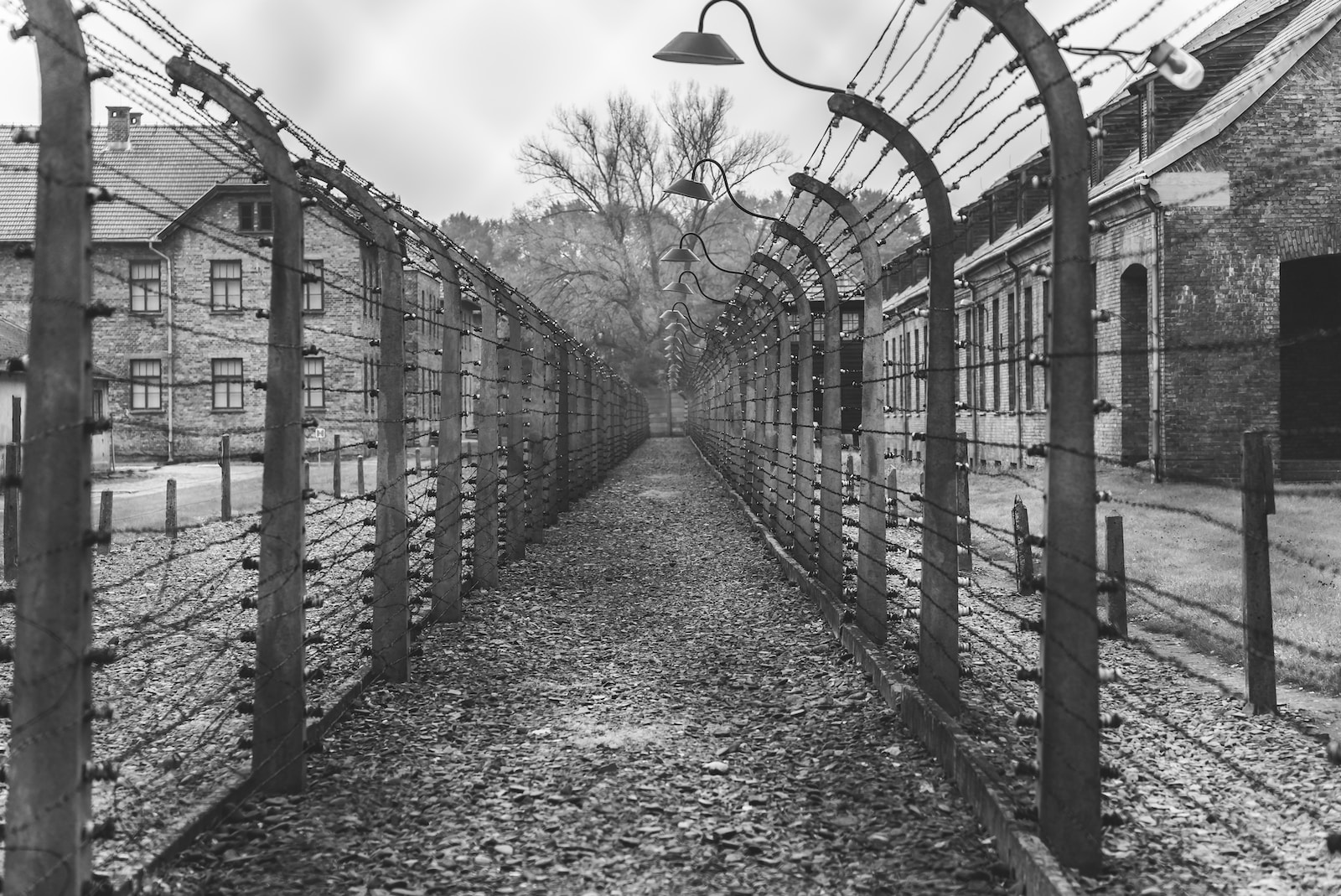The Battle of Arras, which took place on May 21, 1940 during the Battle of France, pitted Franco-British forces against the German Wehrmacht. In this article, we take a look at this daring Allied counter-attack, which succeeded in slowing the advance of German forces and inflicting notable losses, albeit with mixed success.
The context of the Battle of Arras in 1940
In May 1940, German forces invaded northeastern France as part of their Blitzkrieg offensive. The towns of Cambrai and Saint-Quentin quickly fell to the Germans, and Péronne soon followed. Faced with this rapid advance, the Allies decided to launch a counter-attack from Arras to try and slow the enemy down. It’s worth remembering that Arras had held out during the First World War.
Allied forces at the Battle of the Bulge
Visit allied forces were made up of British and French troops, including the 5th British Infantry Division, the 50th Northumbrian Infantry Division, the 1st British Tank Brigade and 60 tanks from the 3rd French Light Mechanical Division:
The 5th Infantry Division
The 5th Infantry Division is a division of the British Army with a rich and varied history. Created in 1806 by Arthur Wellesley, the future Duke of Wellington, it has taken part in many major conflicts over the centuries, including the Spanish War of Independence, the Napoleonic Wars, the Second Boer War and both World Wars. The current badge of the 5th Infantry Division, adopted in 1995, consists of a blue square with a diagonal yellow stripe, with a “V” (Roman numeral representing the number 5) in the upper right-hand corner. The badge symbolizes both the longevity and pride of this unit within the British Army.
The 50th Northumbrian Infantry Division
The 50th (Northumbrian) Infantry Division was an infantry division of the British Army which saw distinguished service during the Second World War. Before the war, the division was part of the Territorial Army (TA), and the two T’s in the divisional badge represent the two main rivers in its recruitment area, the Tyne and Tees. The division took part in almost every major battle of the European conflict from 1940 to the end of 1944, and also served with distinction in North Africa, the Mediterranean and the Middle East from mid-1941 to 1943. The 50th Division was one of two British divisions (the other being the 3rd Infantry Division) to land in Normandy on D-Day, June 6, 1944, where it landed on Gold Beach. During the war, four men from the division were awarded the Victoria Cross, more than any other British army division during the Second World War.
The First British Armoured Division
The French 3rd light mechanical division
The 3rd French light mechanical division was a French armored unit created in 1940 to fight in the Battle of France. It was led by General Langlois and included two light mechanical brigades, artillery regiments, support services, engineering and signal companies. Its regiments included cuirassiers equipped with Somua S35 and Hotchkiss H39 tanks, mounted dragoons with Laffly S20 vehicles and Panhard 178 self-propelled guns. The division also had all-terrain towed artillery units, divisional anti-tank and repair squadrons, and various companies to provide logistical, medical and communications support. 
German forces at the Battle of Arras
On the German side were the Grossdeutschland Regiment, the 7th Panzer Division and the SS-Totenkopf-Division (motorized) :
The Grossdeutschland Regiment
The Infanterie-Regiment Großdeutschland (German: Infanterie-Regiment “Großdeutschland”; lit. “Infantry Regiment ‘Great Germany'”) was an elite ceremonial and combat unit of the German army that took part in the Second World War. Originally formed in 1921 as the Wachregiment Berlin, it was renamed Infanterie-Regiment Großdeutschland in 1939. The regiment served in campaigns in France and the Netherlands. Thereafter, it served exclusively on the Eastern Front until the end of the war. It was wiped out near Pillau in May 1945. It is sometimes wrongly confused with the Waffen-SS, when in fact it was a unit of the regular German army (Heer). In 1942, it was enlarged to become the Division Großdeutschland, the best-equipped division of the Wehrmacht, which received equipment ahead of all other units, including some Waffen-SS units. However, it remained a regiment within the division and was renamed Grenadier-Regiment Großdeutschland. It received its final name, Panzergrenadier-Regiment Großdeutschland, in 1943.
the 7th Panzerdivision
The 7th Panzerdivision was an armored division of the Wehrmacht during the Second World War. Initially formed as a 2nd light division in 1938, it took part in the Polish campaign before being transformed into an armored division. Under Erwin Rommel’s command during the Western Campaign, it earned the nickname of “phantom division”. After its involvement in the invasion of the Soviet Union, the division returned to France in 1942 and took part in the occupation of the Zone Libre in November. It was then deployed again to the Eastern Front, where it remained until the end of the war.
SS-Totenkopf-Division (motorized)
The SS-Totenkopf-Division (motorized) played a significant role in the Battle of Arras, which took place in May 1940 during the French campaign. The Battle of Arras was a counter-attack by British and French forces to halt the German advance and relieve the pressure on the Allied forces encircled at Dunkirk. The SS-Totenkopf-Division, commanded by Theodor Eicke, was among the German forces involved in the battle. On May 21, 1940, Allied forces launched an attack on the southern flank of the German breakthrough, taking the Germans by surprise and inflicting considerable losses on the SS-Totenkopf-Division. However, the Allies were unable to maintain their advance and were forced to withdraw in the face of the German counter-attack. This SS division was also infamous for its involvement in extermination and genocide: the SS-Totenkopfverbände (SS-TV) were the SS units responsible for running the concentration camps in Nazi Germany before and during the Second World War. They were an integral part of the Schutzstaffel, alongside the Waffen-SS and the Allgemeine SS. These units had their own training centers, slightly different ranks and distinct uniforms, with the SS acronym replaced by a skull and crossbones on the collar.
How the battle unfolded
On May 21, 1940, two Allied columns, nicknamed “Frankforce”, advanced south of Arras. Comprising 58 Matilda Mark I, 16 Matilda Mark II and 14 Vickers MK VI light tanks, as well as 2,000 soldiers, they advanced rapidly and met little resistance. However, they soon came up against heavy German artillery and infantry, which halted their advance and inflicted heavy losses on the German forces. Taking advantage of the situation, the Germans launched an offensive on Arras, but were halted by the French armor of the 3rd light mechanized division. French forces capture around 400 German soldiers and destroy several enemy tanks. The French counter-attack was so violent that the commander of the 7th Panzer Division, Rommel, thought he was being attacked by five French divisions. It was only with the help of the Luftwaffe that Rommel managed to repel the French armor at the end of the day.
Consequences and outcome of the Battle of Arras
The consequences and results of the Battle of Arras had a significant impact on the rest of the French campaign during the Second World War. Although the Allied counter-attack initially succeeded in inflicting significant losses on German forces, notably the SS-Totenkopf-Division, the Allies were unable to maintain their advance and were forced to withdraw in the face of the German response. The Battle of Arras demonstrated the German army’s ability to withstand Allied assaults and react quickly to turn the tide. This reinforced the German forces’ confidence in their strategy and tactical superiority, contributing to their subsequent victory in the French campaign. For the Allies, the Battle of Arras was a disappointment, revealing weaknesses in their coordination and planning, as well as difficulties in countering the German Blitzkrieg. Ultimately, the Battle of Arras helped seal the fate of the Allied forces in France. Allied defeat in this battle precipitated the fall of France and the evacuation of British troops during Operation Dynamo at Dunkirk. This evacuation saved a large part of the British army, but also left France defenseless in the face of the German invasion, leading to the occupation of France and the establishment of the Vichy regime. For Arras, this marked the beginning of the German occupation and the beginnings of a resistance movement, some aspects of which we touch on in our feature on Guy Mollet.
R.C.

